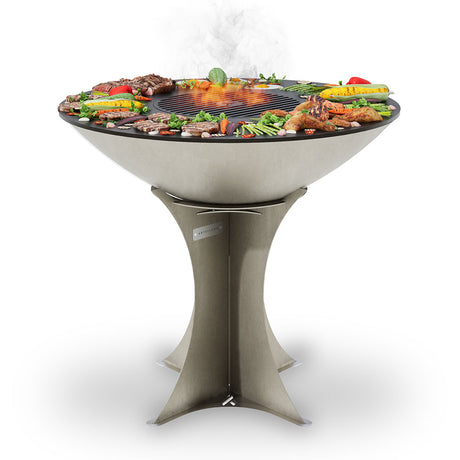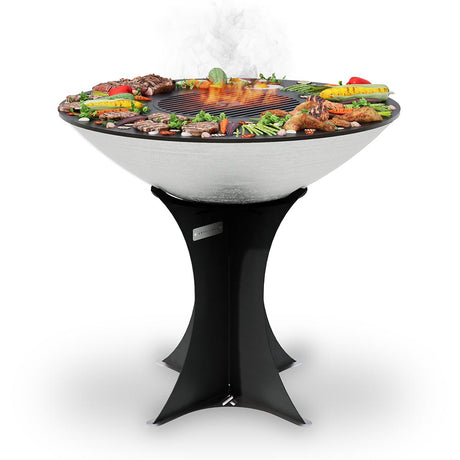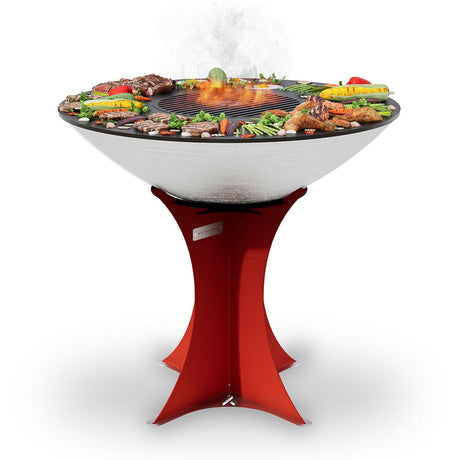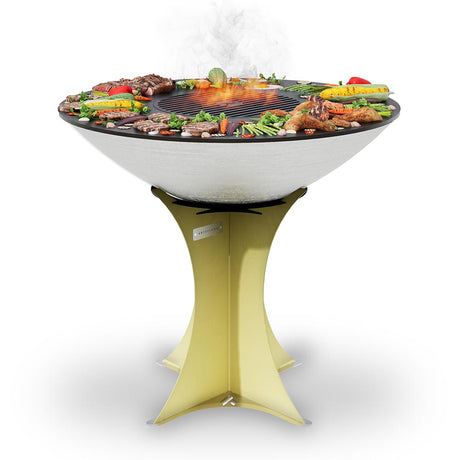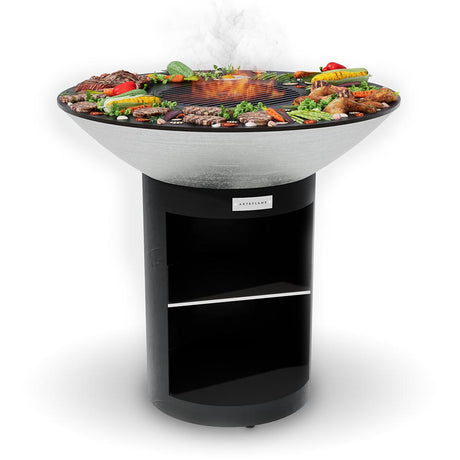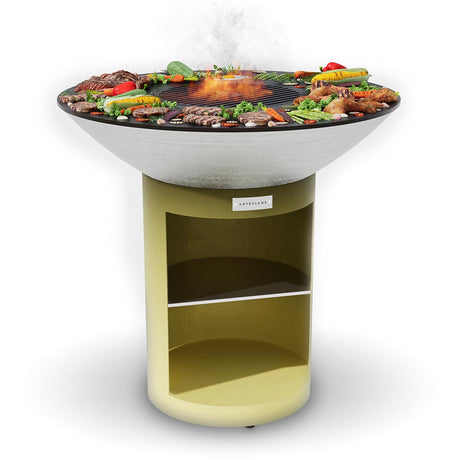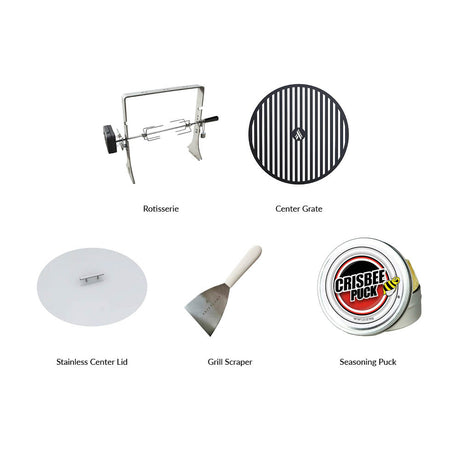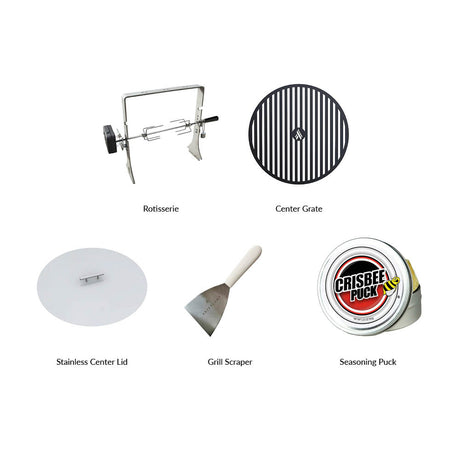When preparing meat, one of the most critical steps to ensure maximum tenderness and flavor is slicing it correctly. The key lies in understanding the grain of the meat and knowing whether to cut with or against it. This article will explain what the grain is, why it matters, and provide practical tips for cutting meat to perfection.
What is the Grain in Meat?
The “grain” refers to the direction of the muscle fibers in a piece of meat. These fibers run parallel to each other and can be seen as lines across the surface of the meat. The orientation of the grain depends on the cut and type of meat, and understanding its layout is crucial for slicing correctly.







